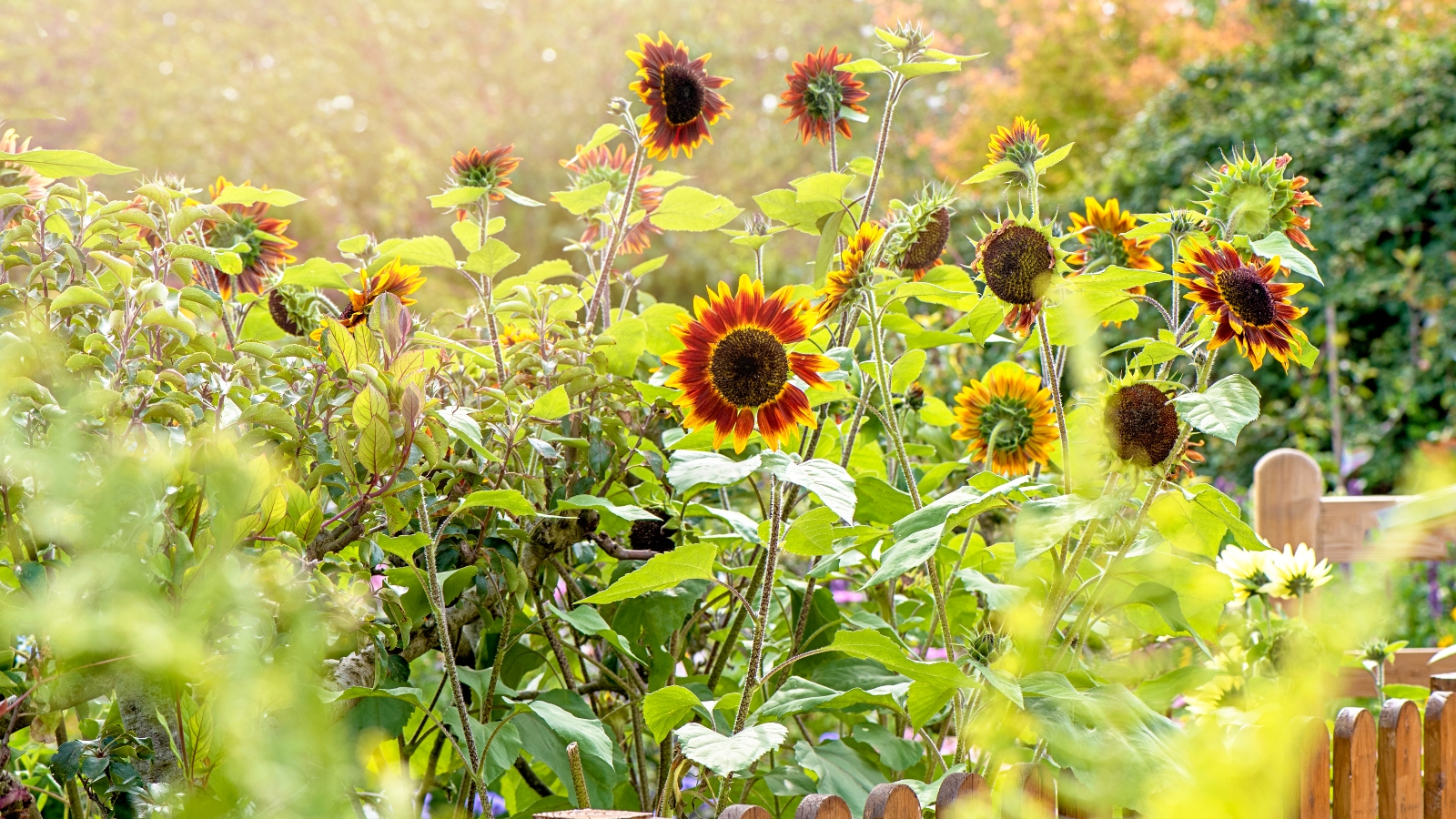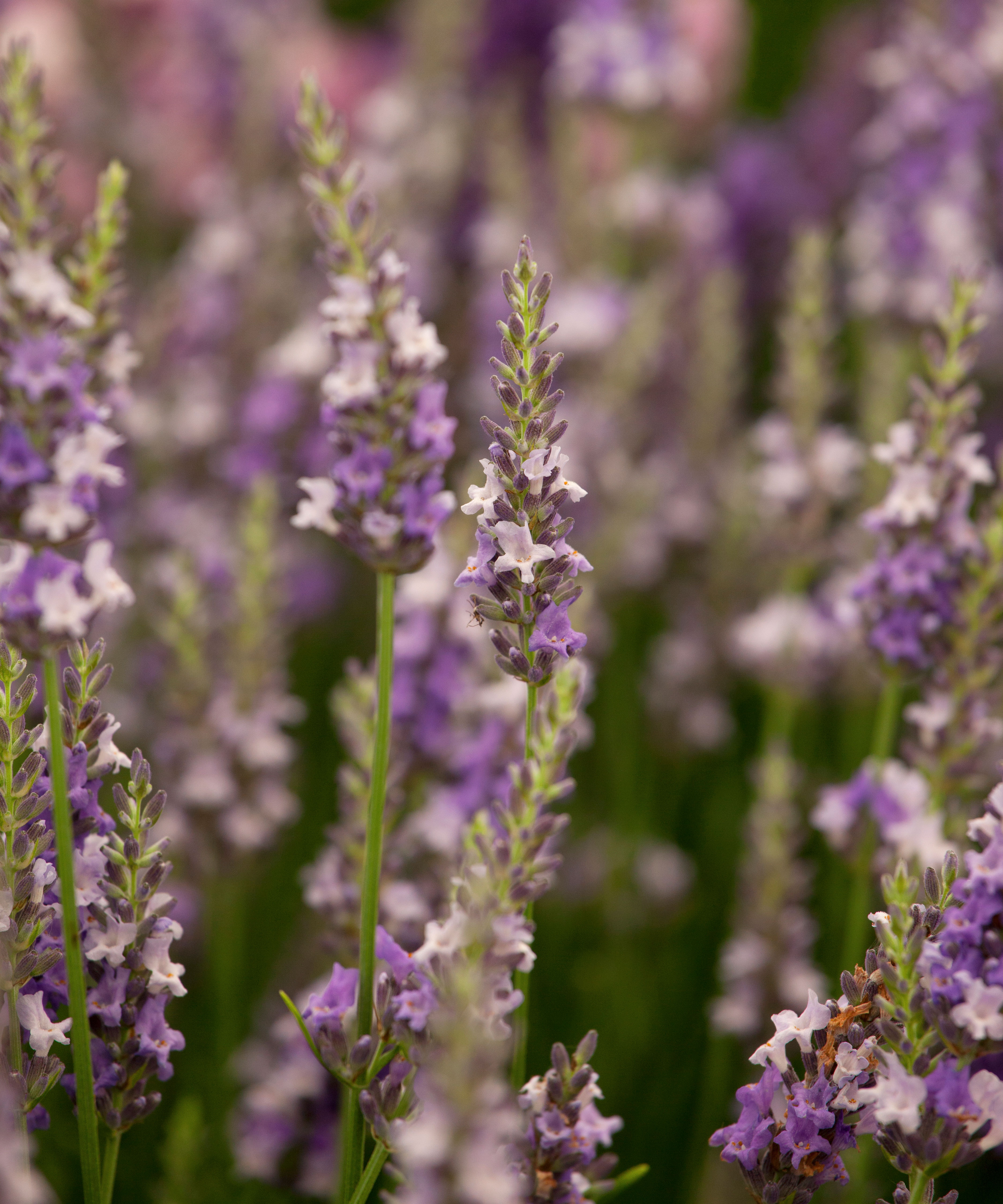Experts urge gardeners to use 'trap plants' as nature's pest control – this is why and how
What are sacrificial or trap plants, and why does your garden need them? Here’s why experts love their natural power


What are trap plants? In short, they're sacrificial plants, often used in agricultural settings as well as domestic, that are planted to attract pests away from the main crop. You plant trap plants next to or amongst the vegetables you want to harvest, and allow the pests that normally feast on your kitchen garden to eat the trap plants instead.
Experienced gardeners will already know about companion planting, which is when certain plants are positioned next to others to help them to grow disease- or pest-free. Think: marigolds planted next to tomatoes to attract hoverflies, which in turn happily feast on white fly, who themselves love to ruin your tomato crop.
The type of companion plants are called 'trap plants' or 'sacrificial plants', and garden experts are encouraging us to use them as a natural way to controls pests
and preserve our vegetable garden ideas. So much earth-friendlier than pesticides, they will make your garden look more interesting and often attract pollinators, too.
So, if you're looking for ways to get rid of slugs, aphids, and flea beetles, sacrificial or trap plants may be the natural solutions you need. Just as mosquito-repellent plants deter these bugs from feeding on us, trap plants attract pests to snack on them, or attract their predators who will eat them up. Here's everything you need to know about trap crops, according to the experts.
What is a trap plant / sacrificial plant?

Nasturtiums – a sacrificial plant that is good for deterring aphids
'A trap crop, also known as a sacrificial plant, is a flower that you sow before all the other plants and allow it to grow to attract the pests,' says garden experts Stefan and Maegan from Rhythm of the Home.
They explain that the specific trap crops you plant will depend on the pests you are trying to eliminate. 'For example, flea beetles prefer to eat many vegetable crops like radishes, broccoli, and collard greens, so that is the trap crop that will be the most suitable.'
Meanwhile, if you're looking for how to get rid of snails, you may need to look for stronger-scented plants such as garlic or chives.
'Other examples of these crops are marigolds, dill, mustards, sorghum, turnips, sunflowers, and the list goes on. They can be dependent on the crop since these are not the same for all main crops,' adds Margaret McCoy, an R&D Agronomist and Ph.D. for True Organic.
This is how she recommends using sacrificial plants in your garden.
How to use sacrificial plants in your garden

Lavender – another plant effective in attracting aphids
1. Choose the right trap plant at the right time
As the experts mentioned, many trap plants have different uses depending on your pest problem. Therefore, it's essential to take a moment to consider the right garden ideas for your space. Which pest regularly ruins your crop, and which plant will trap it? When is your crop most vulnerable to pest attack, and when should you put in the trap plants? This is the first step in the process.
'Understand what your common pest is that is targeting your main crop so that the main pests will feed on the available trap crop plants. You want these to be more appealing than your crop so that they will be distracted from the main [plants],' Margaret says.
Potential trap plants include:
- Chervil is loved by slugs; plant it near your lettuce crop.
- Marigolds can help you get rid of slugs and nematodes; plant them near tomatoes and tender salad and herb leaves.
- Nasturtiums will be swarming with aphids, which will, in turn, be eaten by ants.
- Nettles are the favorites of aphids, too, which will attract ladybirds and butterflies.
- Radishes will lure flea beetles from cabbages.
2. Decide on the placement
After deciding on the correct crop, Margaret recommends taking time to think about the placement.
'Trap crops / sacrificial plants are commonly used around the perimeter of your crops like a wall or border, at the beginning of the rows – or some are even planted between crop rows, called intercropping,' she says. 'The layout of these crops may be dependent on space, pest, or crop.'
Aim to plant one trap plant for every six plants you want to protect, but know that this can vary from pest to pest, plant to plant.

Sage – will attract hoverflies
3. Avoid deterring pests completely
Trap plants are an effective way to deter pests from your main crops. However, Margaret warns that you should not aim to kill pests entirely.
'When using sacrificial plants, there will still be some pests on your main crop. This is not to be of too much concern because you still need [them] to feed the beneficial predators. You would be in an even worse situation without them,' she says.
If the trap plant does become overwhelmed by pests, simply pull it out and dispose of it (and the pests on it), though you may need to replace it.
Sign up to the Homes & Gardens newsletter
Design expertise in your inbox – from inspiring decorating ideas and beautiful celebrity homes to practical gardening advice and shopping round-ups.

Megan is the Head of Celebrity Style News at Homes & Gardens, where she leads the celebrity/ news team. She has a history in interior design, travel, and news journalism, having lived and worked in New York, Paris, and, currently, London. Megan has bylines in Livingetc, The Telegraph, and IRK Magazine, and has interviewed the likes of Drew Barrymore, Ayesha Curry, Michelle Keegan, and Tan France, among others. She lives in a London apartment with her antique typewriter and an eclectic espresso cup collection, and dreams of a Kelly Wearstler-designed home.
-
 Ina Garten's storage pantry is an insightful window into all of the best cookware used by the chef – and it's easy to recreate on your kitchen shelves from $48
Ina Garten's storage pantry is an insightful window into all of the best cookware used by the chef – and it's easy to recreate on your kitchen shelves from $48The beautiful dishware in The Barefoot Contessa's Hamptons pantry showcases the tools she uses most often to cook – this is exactly how you replicate it
By Sophie Edwards Published
-
 Extend the lifespan of your appliance with 5 simple but crucial washing machine maintenance tips
Extend the lifespan of your appliance with 5 simple but crucial washing machine maintenance tipsFrom cleaning the filters to keeping the door open, experts reveal the washer tips they swear by
By Andy van Terheyden Published